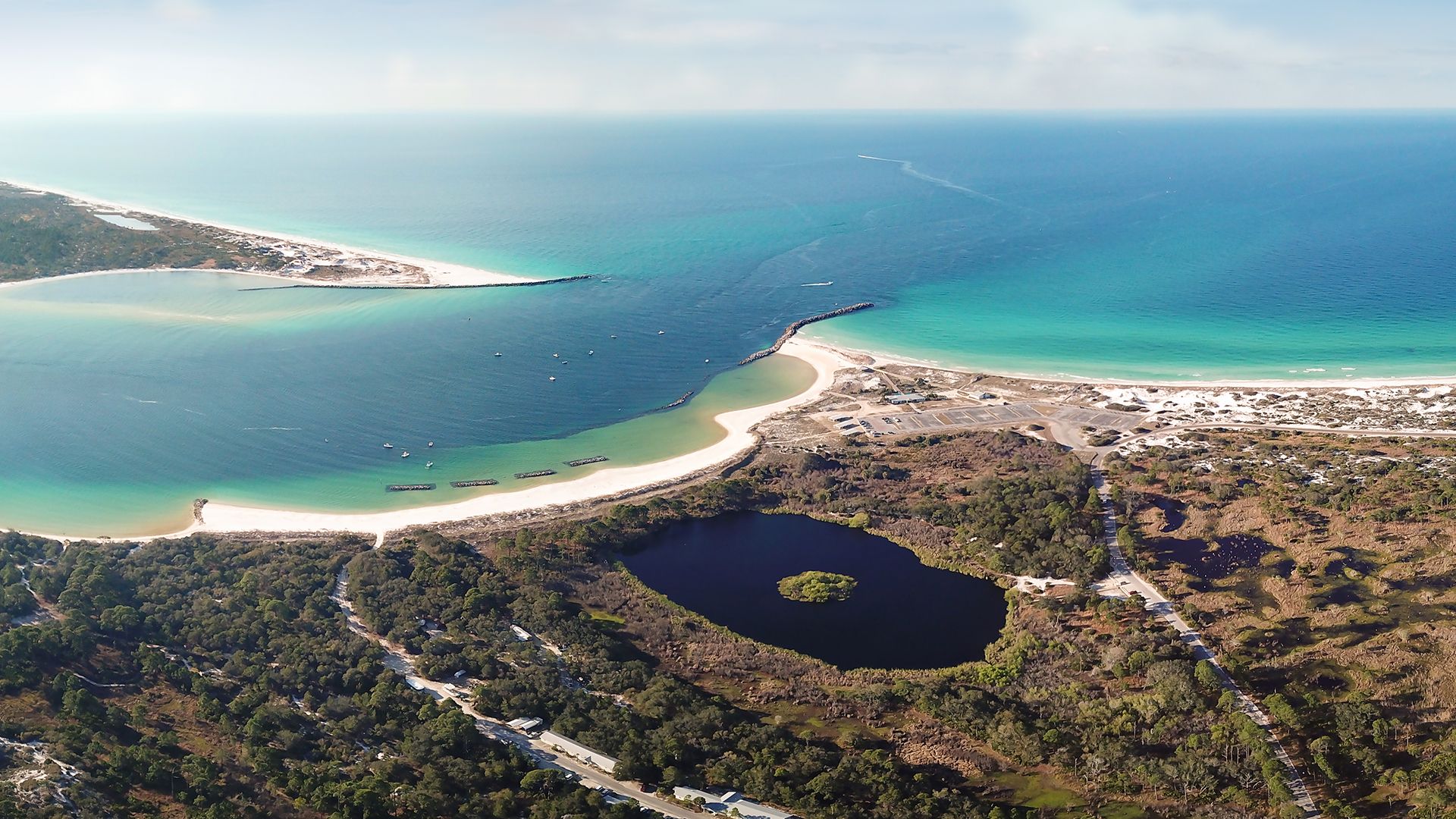Norway Big player on the shelf
More than 50 years in the country, about 100 licences: Wintershall Dea is one of the leading gas and oil companies in Norway, one of Europe's most important energy suppliers.
The Norwegian TV series “Lykkeland” looks at the beginnings of Norway's oil industry.


Norway is Europe’s most important supplier of natural gas and oil. Wintershall Dea is now one of the leading gas and oil companies on the Norwegian Continental Shelf, having operated there for more than 50 years. The company has about 100 licences on the shelf, around a third of which are operated, including the four producing fields Dvalin, Maria, Nova and Vega. The portfolio is benefiting from the use of smart technical solutions. For instance, the fields have been developed by means of a subsea tieback, with production facilities on the seabed connected to existing platforms.




Where we operate in Norway
The company’s operated and partner-led exploration and production concessions are located in all regions on the Norwegian Continental Shelf: in the North Sea, Norwegian Sea and the Barents Sea. The operated Nova and Vega fields are located around 125 kilometres west of the city of Bergen. Maria lies further north, roughly at the level of Trondheim, and Dvalin lies even further north.
671
MILLION BARRELS OF OIL EQIVALENT IN 2P ARE HELD BY THE COMPANY IN NORWAY.
400M
DEEP IS THE WATER AT THE DVALIN PROJECT.


The Heidrun platform, connected to the Dvalin field via a subsea template.
Dvalin
Dvalin is a natural gas field discovered by Wintershall Dea in 2010 and brought fully into production in July 2023. Today it is one of our biggest global producers and a rich source of gas to Europe. To enable production from the field, four production wells are connected to the existing Heidrun platform, via a subsea template installed on the seabed. The nearby Dvalin North gas field, which is currently in development and expected to start up in late 2026, will be tied in to Dvalin, which is expected to produce until the late 2030s.


Maria Phase 2 includes the installation of a new six-slot template and four new wells.
Maria – Complex tieback field
Maria is the first field Wintershall Dea brought all the way from discovery to production in Norway. Discovered in 2010 in a region of the Norwegian Sea surrounded by gas and oil infrastructure, Maria was brought into production in 2017 as a tieback to several nearby fields. In 2022, Wintershall Dea decided to further develop the field for an even longer life, and Maria Phase 2 is now under construction. Maria is supported by and takes services from four nearby fields, making it one of the most advanced subsea tiebacks in the world.


Two subsea templates connect the Nova reservoir to host platform Gjøa.
Nova – advantages thanks to technology
The oil and gas reservoir Nova was discovered in 2012 and has been developed by Wintershall Dea, all the way from discovery to production. Nova came on stream in the summer of 2022, strengthening Wintershall Dea’s position as an expert in subsea developments. As a tieback to the nearby Gjøa platform, the field utilises existing resources, extends the economic lifetime of the Gjøa infrastructure, and unlocks future tie-in opportunities. And since Gjøa is powered via hydropower from the Norwegian mainland, Nova is a low carbon-intensity field and contributes to Wintershall Dea’s emission reduction performance.


The Vega field consists of three seabed templates: Vega North, Vega Central and Vega South.
Vega – Our first subsea field
Wintershall Dea began its subsea journey in Norway in 2015, when we took over operatorship of the Vega field from Equinor. The company can lay claim to several new subsea fields since then, but Vega remains one of its largest and most important global assets. The oil, gas and condensate field has been developed with three subsea templates tied back to the Gjøa platfrom in the heart of one of our core areas in the Northern North Sea.


The Njord A platform which produced oil and gas from 1997 until 2016.
Njord – new start for a greater yield
Production at the Njord field in the Norwegian Sea began in 1997 and was interrupted in 2016 for modernisation work on the field’s platform and vessel. In 2022 Njord started producing again, creating a renewed oil and gas hub and delivering substantial additional volumes. In total, the upgrade, which is part of the Njord Future project, will add ten new production wells. Njord is the host for three tie-in fields: Hyme, Bauge and Fenja, which started production in 2023. Wintershall Dea holds a 50 percent share in the Njord field, with Equinor being the operator.


